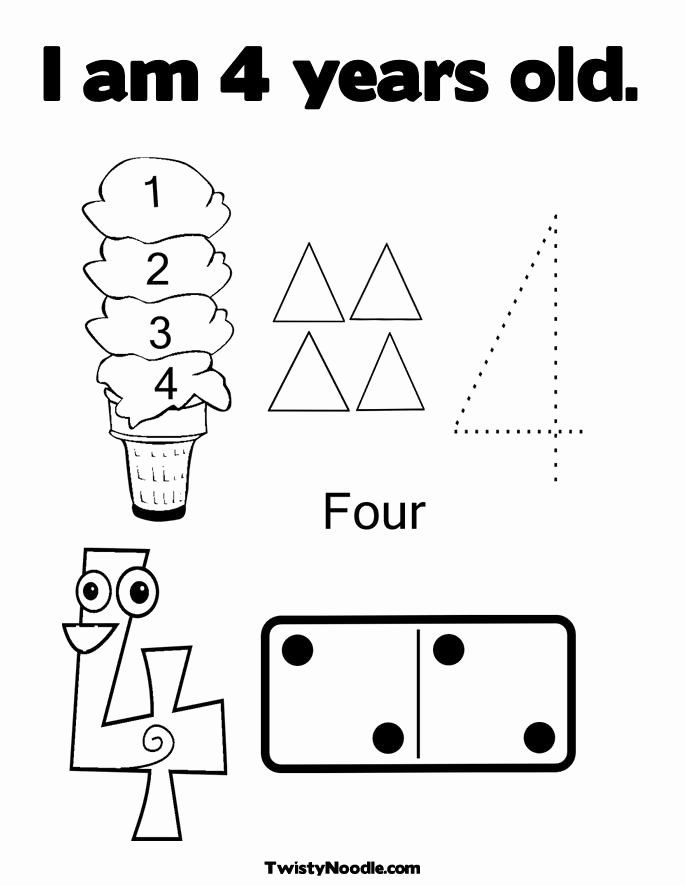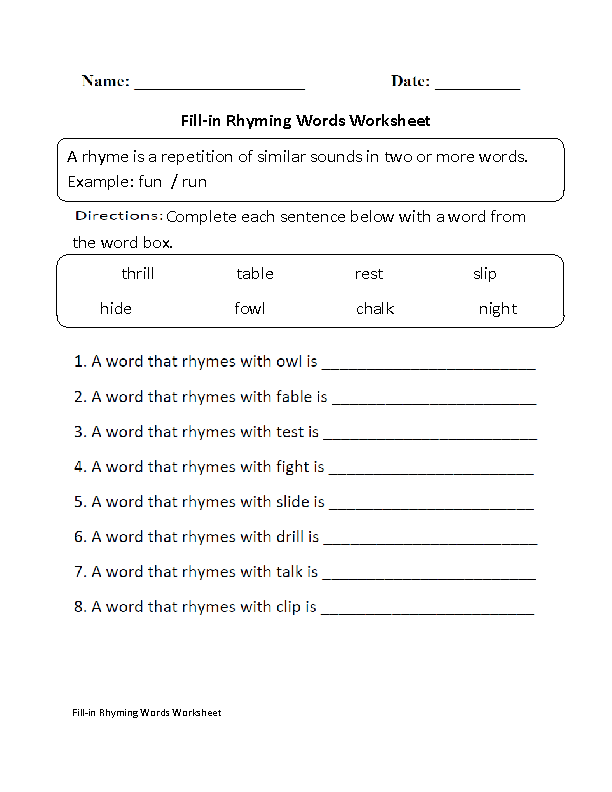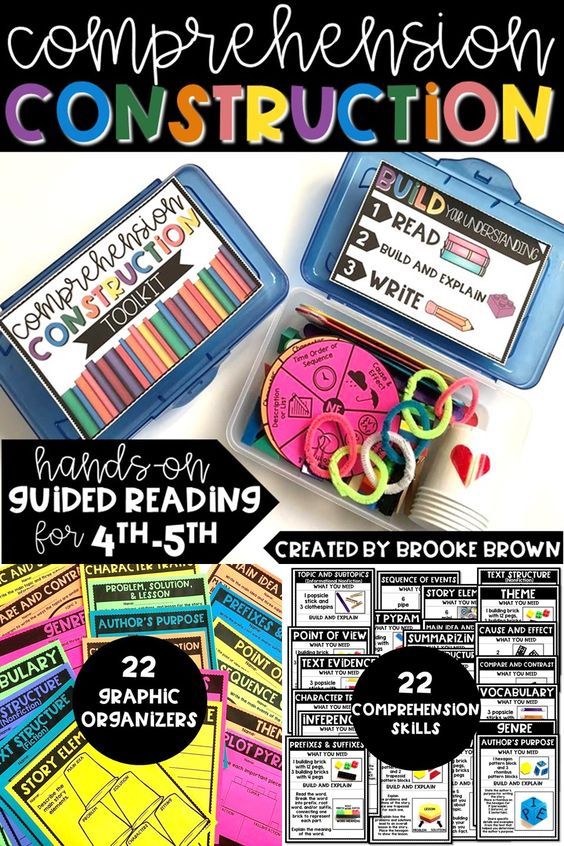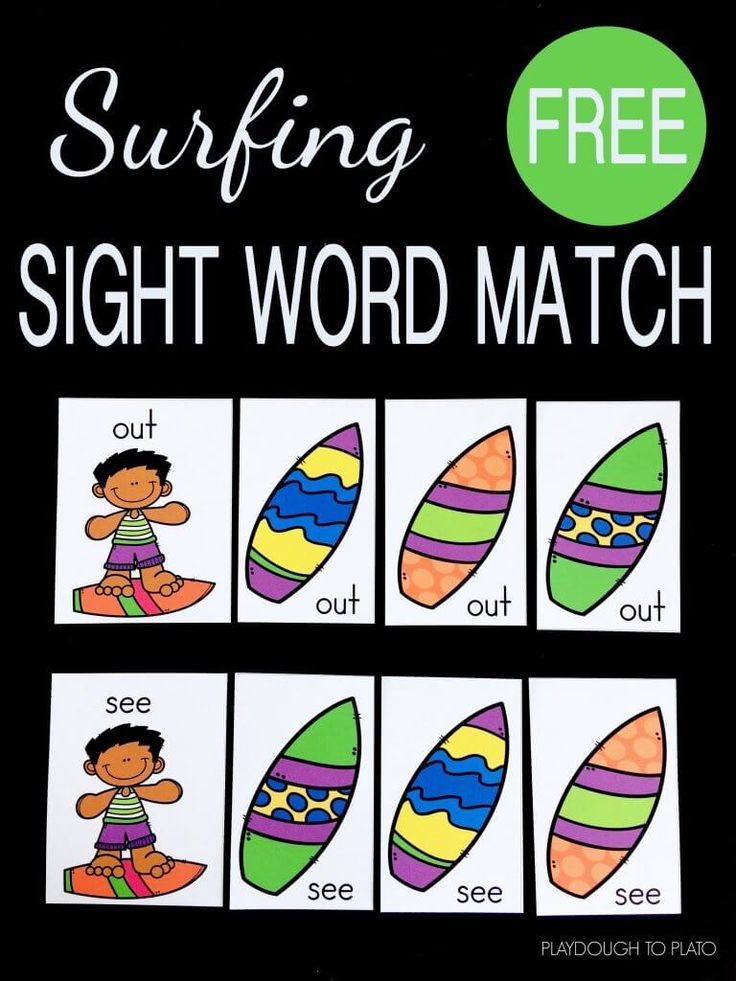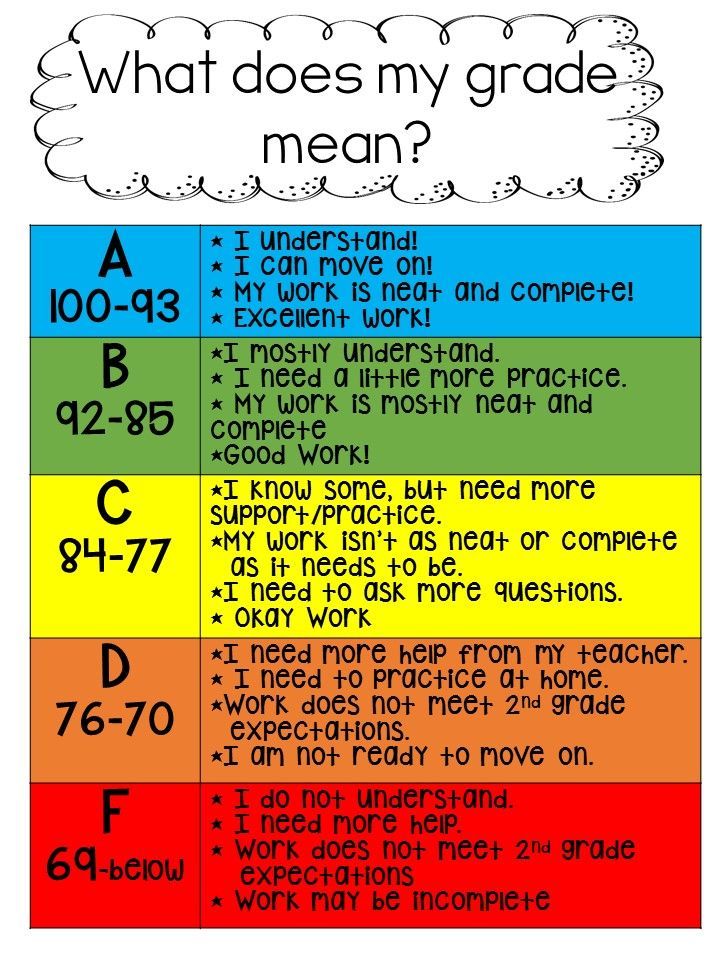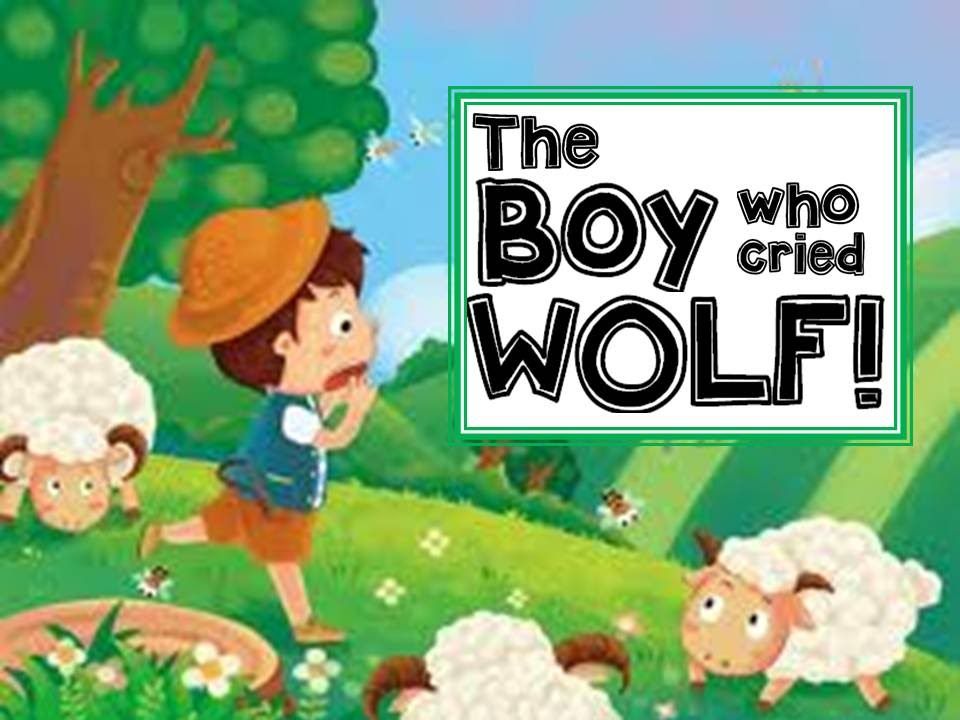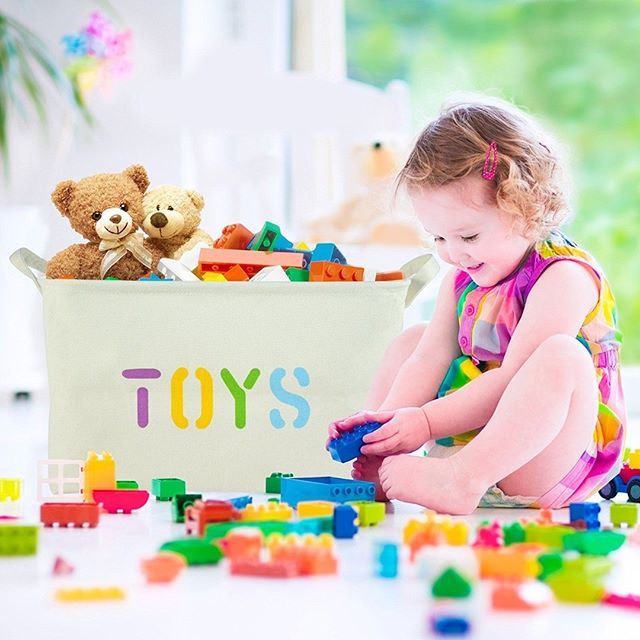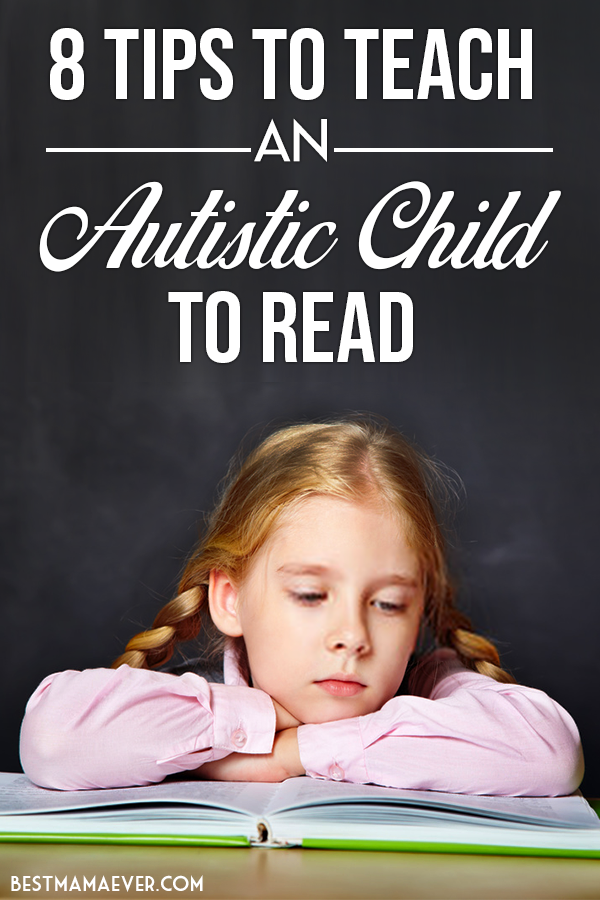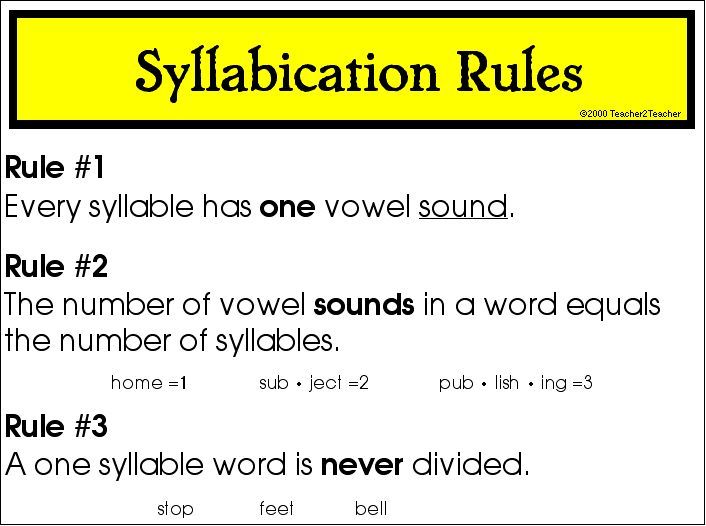4 and 5 year old activities
Fun learning activities for 4-5year-olds
There are loads of games and activities you can try out with your little ones to have fun together and get them developing speaking and listening skills, building vocabulary, counting and other early literacy and numeracy skills.
We’ve pulled together our top seven ideas here and hope you’ll have fun testing them out!
1. Read books together
- Read books of all kinds to your child: picture, words and pictures, pop up, information and poetry
- Why not choose a free eBook from our library to share on-screen together?
- What child doesn’t love hearing a good story? Visit our storyteller page to watch videos of storytellers reading favourite traditional stories.
2. Go to the library
Visiting the library is a great way to explore books together. The library gives your child the chance to discover, flick through and choose from a wide range of different types of books, including fiction, non-fiction and poetry. Many libraries have singing or rhyming sessions for pre-school children. Best of all, it’s somewhere fun to escape to on a rainy day!
3. Sing counting songs
Singing helps children to develop their speaking and listening skills and to have fun with words. Counting songs, like ‘1, 2, 3, 4, 5 … Once I caught a fish alive’, can help your child to have fun with numbers.
Other songs such as ‘Ten Green Bottles’ or ‘Three Little Frogs’ progress in reverse order, which can be especially helpful when young children start thinking about adding and taking away. Using fingers as counters can be a useful way to make a visual link between numbers and quantity.
4. Cut and paste
Using scissors is a useful skill and is a great way to develop co-ordination, control and build strength. Many children find scissors tricky to master so they need lots of practice.
Make paper chains together or ask them to find particular photos in magazines and catalogues (by colour or other categories) to cut out and then stick them into their own pictures.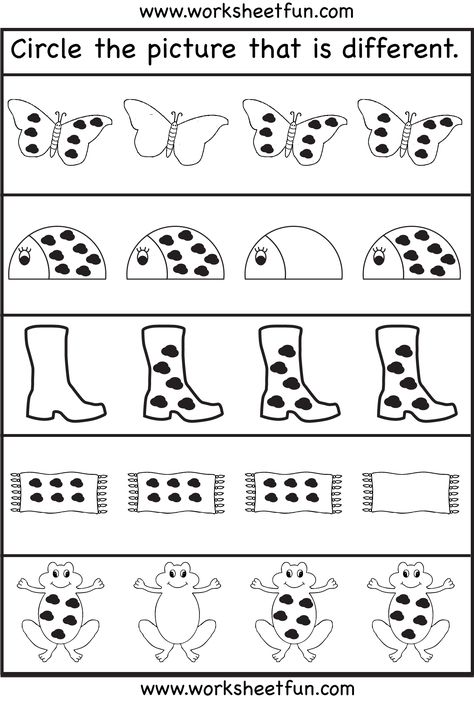
5. Dressing up
Dressing up and role play are great opportunities for talking and listening and for imaginative play. On a practical level, a fun dressing up session can help your child to practise getting themselves dressed. You can fit in a sneaky bit of training with those tricky zips, armholes and buttons.
6. Play maths games
Try these fun intercative games with your little ones to practise maths skills and help to build your child’s confidence. Most children love playing games and it’s an easy way to support their learning.
What’s Inside?
It’s present time! Link the wrapped present to what’s inside by matching the shapes.
Match the Shape
Look at the picture and find all the hidden shapes.
Visit our fun maths activities page for a selection of activities and resources designed to help you enjoy maths with your child.
7. Cook together
Cooking with your child is not only fun but it’s an excellent way to begin to talk about maths – counting eggs for a cake recipe, more or fewer toppings for a pizza.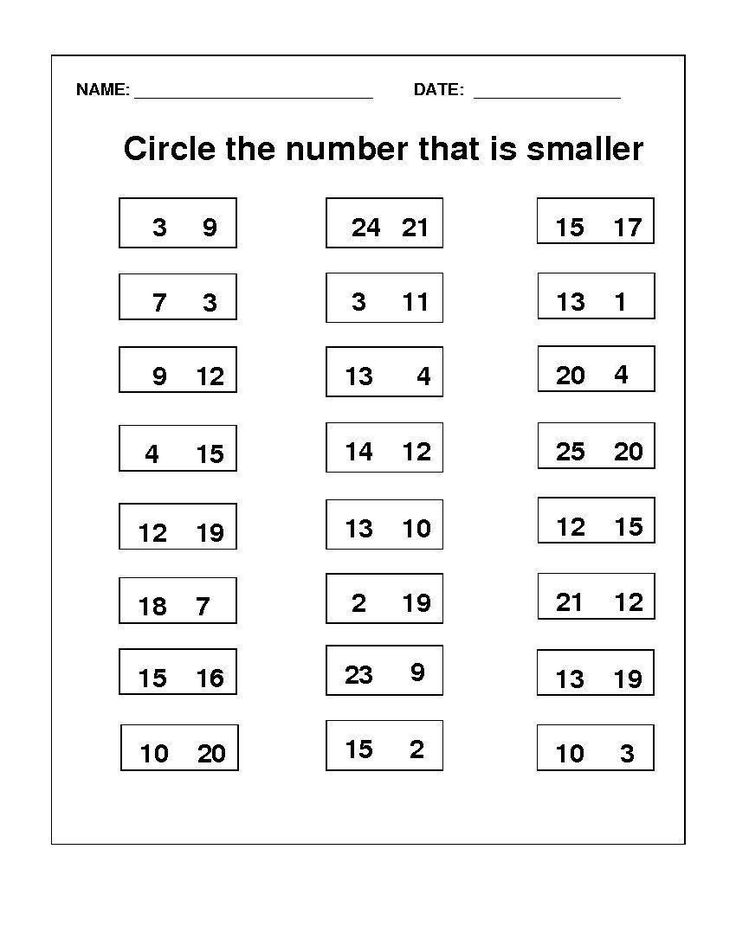 Let them pour liquids or spoon flour to develop eye-hand co-ordination and control. Best of all, you both get to enjoy a tasty treat at the end!
Let them pour liquids or spoon flour to develop eye-hand co-ordination and control. Best of all, you both get to enjoy a tasty treat at the end!
Why not try our banana bread and fruit smoothies recipes?
Video: Cooking with kids
Develop your child’s early maths skills, mathematical language and make maths fun by counting, measuring and estimating while cooking and baking.
55+ Easy Activities for 5 Year Olds
AHEAD: Banish boredom in your house with these 55+ super fun hands on and easy activities and crafts for 5 year olds or kindergartners.
Do you have a 5 year old or kindergartner at home?
Then this is the ultimate list for you. Here are 55+ amazing activity ideas to do with your 5 year old or kindergartner.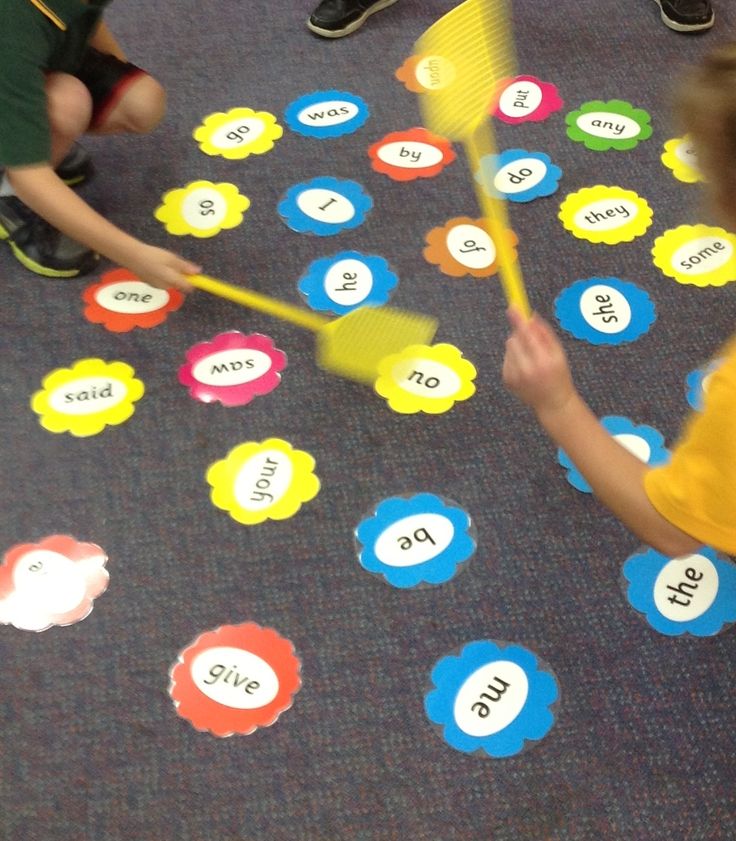 From building an aquarium to making 2 ingredient silly putty to making paper houses and cork boats, there are tons and tons of really cool ideas your 5 year old will love.
From building an aquarium to making 2 ingredient silly putty to making paper houses and cork boats, there are tons and tons of really cool ideas your 5 year old will love.
This amazing list is organized into 4 sections:
- Boredom Busting Activities
- Arts & Crafts
- Fun Learning Activities
- Sensory Activities
OK Let the fun begin!
Boredom Busting Activities for 5 Year Olds
- Make a chalk maze – create a maze for toy cars using sidewalk chalk
2. Build a backyard obstacle course outside.
3. Build a fort – used blankets, cushions and chairs to build the ultimate retreat nook. Dontas forget to add lots and lots of books!
4. Build a marble Run – use cardboard, construction paper, tape and marbles. Roll the construction paper up to make a tube and tape them to the cardboard to make a marble run.
5.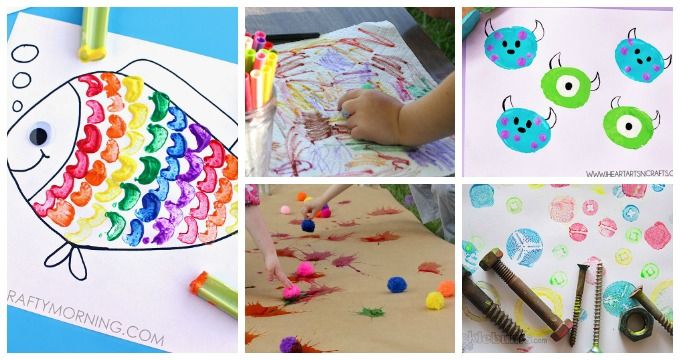 Make silly putty.
Make silly putty.
6. Giant Dots and Boxes.
7. Play with giant water beads.
8. Nature Tea Party – Collect things from your backyard like rocks, leaves, dirt and flowers to make a nature tea using your favourite tea set or a jug and cups.
9. Spray Bottle Water Fights.
10. Magnetic Tile Ramps.
11. DIY Post-It Dominoes.
Arts & Crafts for 5 Year Olds
12. Three Marker Colouring Challenge – Close your eyes and choose three markers from a pile. Use those colours and only those three colours to colour a favourite coloring page.
13. Make crazy hats – Construction paper, tape and scissors. Create the craziest looking hats you can using cut out lighten bolts, spirals, and different shapes.
14. Make a paper house.
15. Build Easter Egg Boats
16.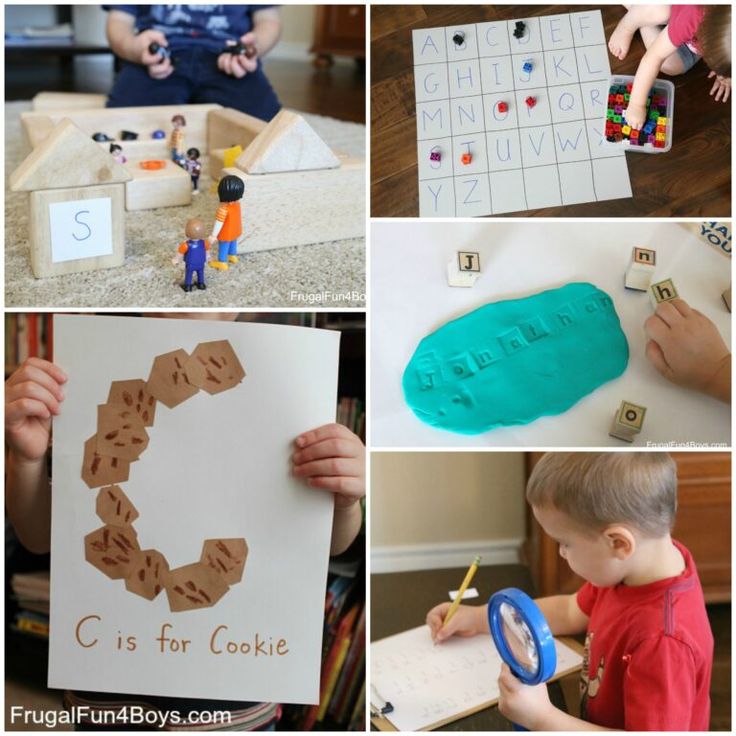 Draw to music.
Draw to music.
17. Giant Nail Painting Activity.
18. Make a garden sensory bottle.
19. Paint Kindness Rocks – paint rocks using washable paints and brushes and once dry write kind messages on them.
20. Textured Rainbow Sun Catcher Craft
21. Family Portrait Sticky Wall.
22. Make An Aquarium.
23. Cardboard Picture Frame Craft
24. Giant Baby Doll Colouring – Not into baby dolls? Trace cars and trucks to decorate them!
25. Textured Heart Sun Catcher Craft
26. Potato Masher Ice Cream Craft
27. Gems and Water Colour Flower Craft
Fun Learning Activities for 5 Year Olds
28. Baby Doll Haircuts.
29. Colour by Addition – Parents write simple addition or subtraction problems in each section of a colouring paper.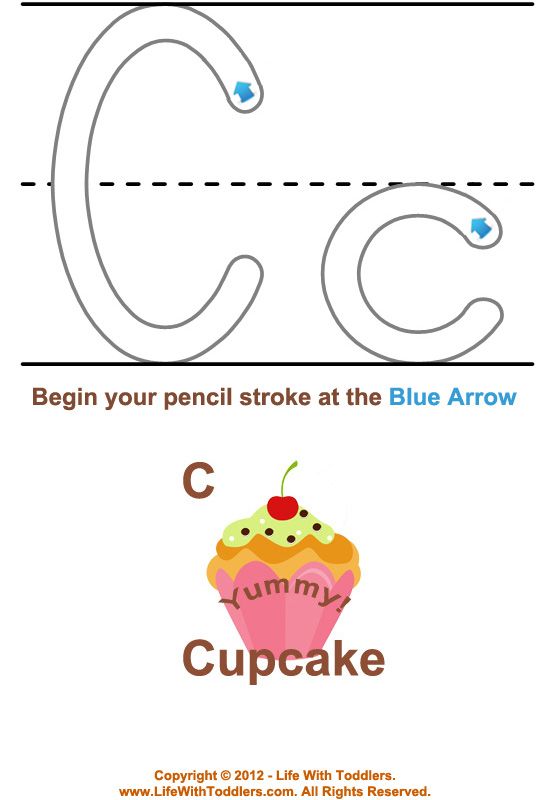 Then create a key idenifitin which colour each answer should be. For instance if the answer is 3 then colour that second red.
Then create a key idenifitin which colour each answer should be. For instance if the answer is 3 then colour that second red.
30. Shaving Cream Sight Word Game.
31. Build The Alphabet Sticky Wall
32. Spray Bottle Letters – use a spray bottle to make letters on a fence or on a sidewalk.
33. Ice Cream Skip Counting Sticky Wall – Supplies: contact paper, masking tape, foam sheets, scissors and black sharpie.
34. Build A Magnetic Tile Clock – use magnetic tiles to make a giant clock. Use post it notes for the numbers or washable chalk markers.
35. Rubber Duck Math Race
36. DIY Egg Carton Ten-Frame Game
37. Magnetic Tile Ten Frame Game
38. Ocean Sight Word Sensory Bin
39. Ten Frame Sensory Bag
40. Dot Sticker Sight Words
41. One More One Less with Dot Stickers
42.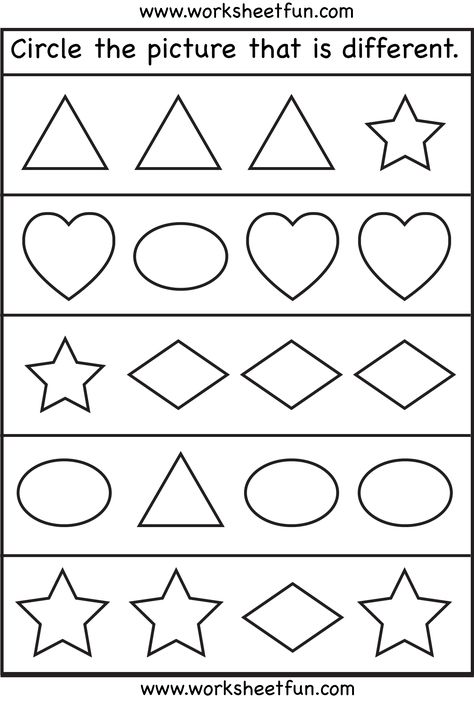 Post-it Memory Game
Post-it Memory Game
43. Mystery Math: A Crayon Resist Activity
44. Toilet Paper Roll Skip Counting
Sensory Activities for 5 Year olds
45. Cork Boat Sensory Bin – make boats out of corks, elastic bands, toothpicks and foam sheets for the sails. Fill a sensory bin with water and blue food colouring, fish, sharks and sea shells.
46. Ocean Sensory Bottles
47. Wash the Horses Sensory Bin – fill a sensory bin with water and bubble bath to make bubbles. Add horse toys, combs and wash clothes.
48. Cloud Dough Kitchen
49. Textured Playdough Activity
50. One- Step Slime Sensory Bin
51. Under The Sea Bath
52. Make Shaving Cream Worms – use shaving cream, colander and a large bowl to make shaving cream worms. Turn large bowl upside down, cover the top with shaving cream, press colander down on the shaving cream to let it squeeze through the holes of the colander.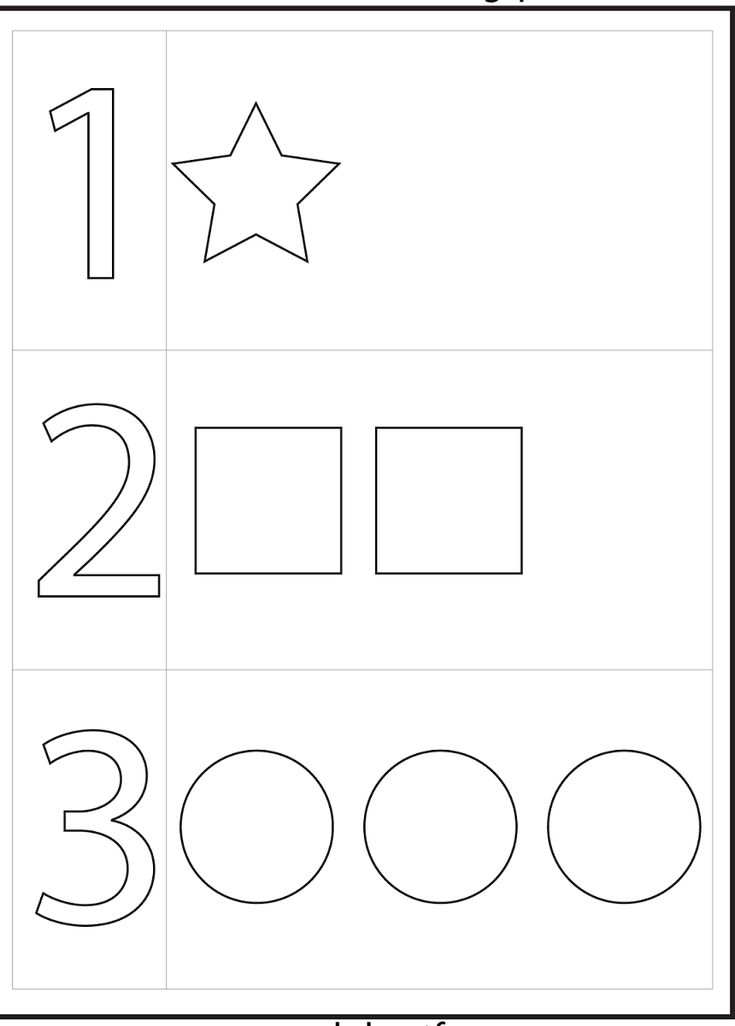
53. Shaving Cream and Baby Doll Sensory Bin
54. We’re Going on a Bear Hunt Sensory Bin
55. PAW Patrol Play Dough Tray
56. Colour Mixing Tea Party
WILL YOU DO ANY OF THESE ACTIVITIES WITH YOUR 5 YEAR OLD? PIN IT FOR LATER!
Children aged 4 to 5
Children from 4 to 5 years old
Development of Children from 4 to 5 years old. You are in the section "Children from 4 to 5 years old".
In this section, we will help you find out and determine the level of development of your child, namely, what your child should know and be able to do at the age of 4 to 5 years.
What a 4 year old should know and be able to do.
This article is for your reference and gives approximate norms for the degree of formation of your child's mental processes at this age. You can check his potential in different areas of knowledge, find out in which areas of knowledge your child succeeds, and in which additional attention and time are required.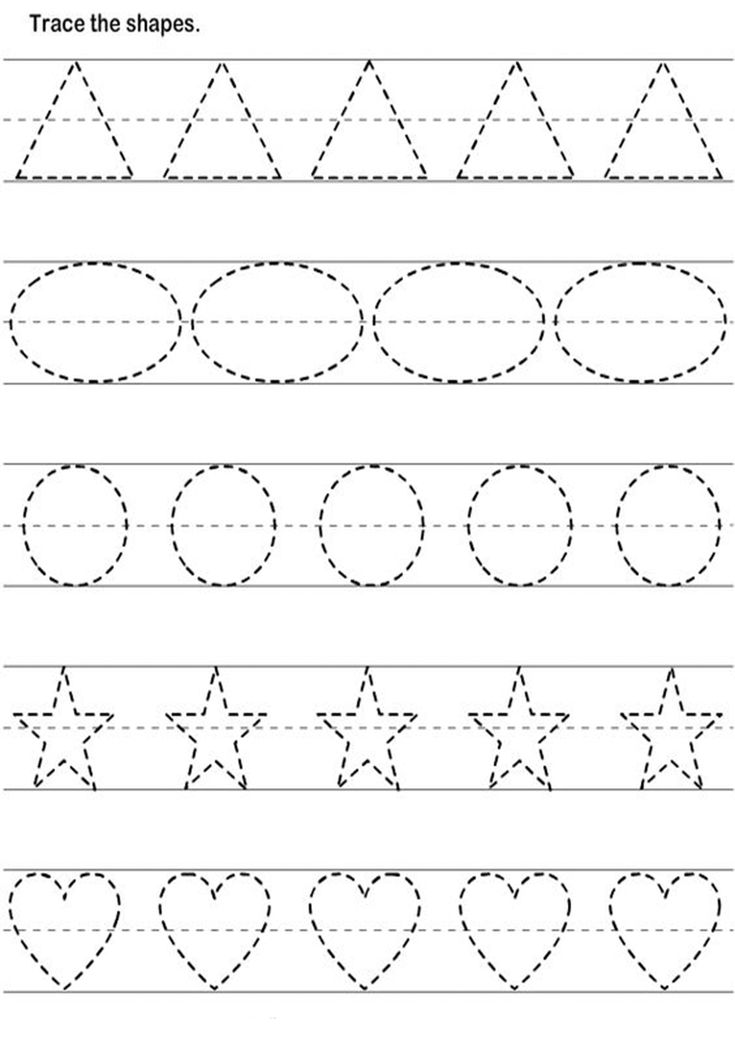
In this section "Children from 4 to 5 years old" we have collected all the material published on our website, which will help you and your child to study, prepare for the next, more in-depth stage of classes.
Materials for your activities you can use at home, in kindergarten or in elementary grades.
Mathematics
A child aged 4 to 5 should be able to:
1. The child should be able to determine the location of objects: on the right, on the left, in the middle, above, below, behind, in front.
2. The child must know the basic geometric shapes (circle, oval, square, triangle and rectangle)
3. The child must know all the numbers (0, 1, 2, 3, 4, 5, 6, 7, 8, 9). Count items within ten, correlate the number of items with the desired number.
4. The child must be able to arrange the numbers from 1 to 5 in the correct sequence and in reverse order.
5. The child must be able to compare the number of objects, understand the meaning: more - less, equally.Make Unequal Item Groups Equal: Add one item to a group with fewer items.
6. The child gets acquainted with the graphic image of the number, learns to write numbers correctly.
Study aids:
1. Cards Teaching the child to count
2. Connect the numbers and color the picture
3. The game is learning geometric shapes
4. Introducing the child to Geometric shapes
5. Cards with numbers from 0 to 70 6 . Cards "which number is superfluous"
7. Game for learning Geometric shapes
8. Copy Numbers
9. Write numbers
10. Cards with numbers-coloring
11. Puzzles-triple geometric shapes
12. Puzzles-triple numbers and Counting
13. Geometric shapes. Developing memory
14. Geometric shapes. Developing Fine Motor Skills
15. Learning Geometric Shapes
16. Math Copybook
17. Learning to Count. Developing memory with Geometric shapes
22. Correlate the number with the number
23.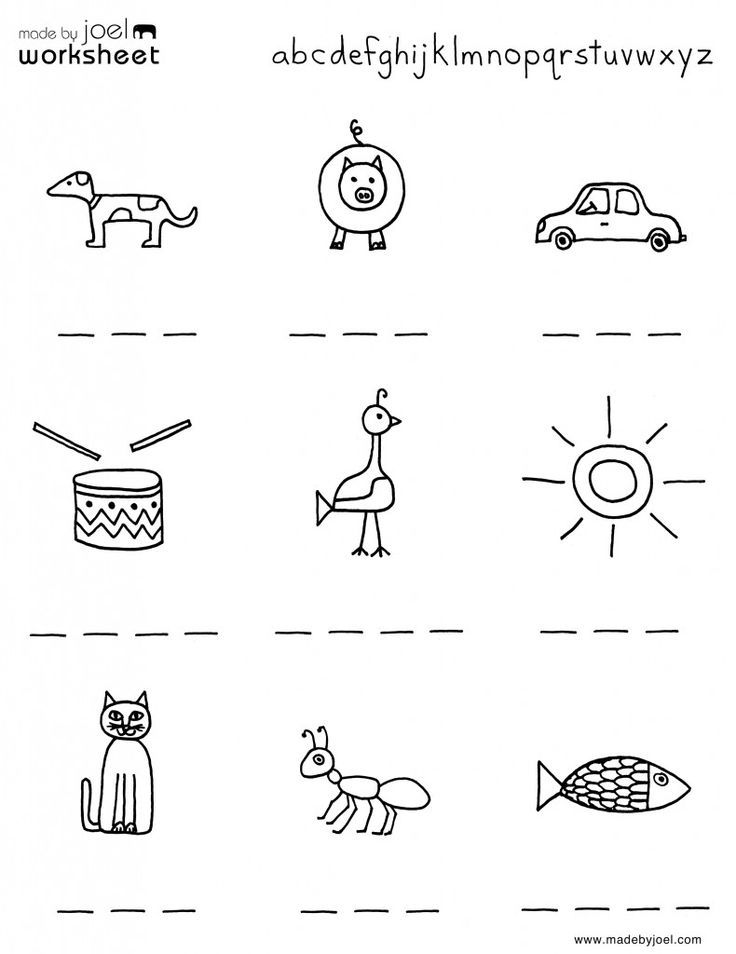 Entertaining tasks in mathematics
Entertaining tasks in mathematics
24. Orientation in space. Before and After
25. Cards with Numbers
26. Puzzle Score from 1 to 10
27. Math with Dice
28. Didactic Math Games
29. Puzzle Count from 1 to 10
30. Math for Kids with Dice
Logical thinking
- Development of Thinking, Memory, Attention
A child aged 4 to 5 years should be able to:
1. The child should be able to find differences and similarities between two pictures (or between two toys).
2. The child must be able to fold according to the model of the building from the designer.
3. The child should be able to put together a cut picture from 2-4 parts.
4. The child must be able to complete the task within 5 minutes without being distracted.
5. The child must be able to fold the pyramid (cups, putting them into each other) without assistance.
6. The child must be able to put the missing fragments of pictures into the holes.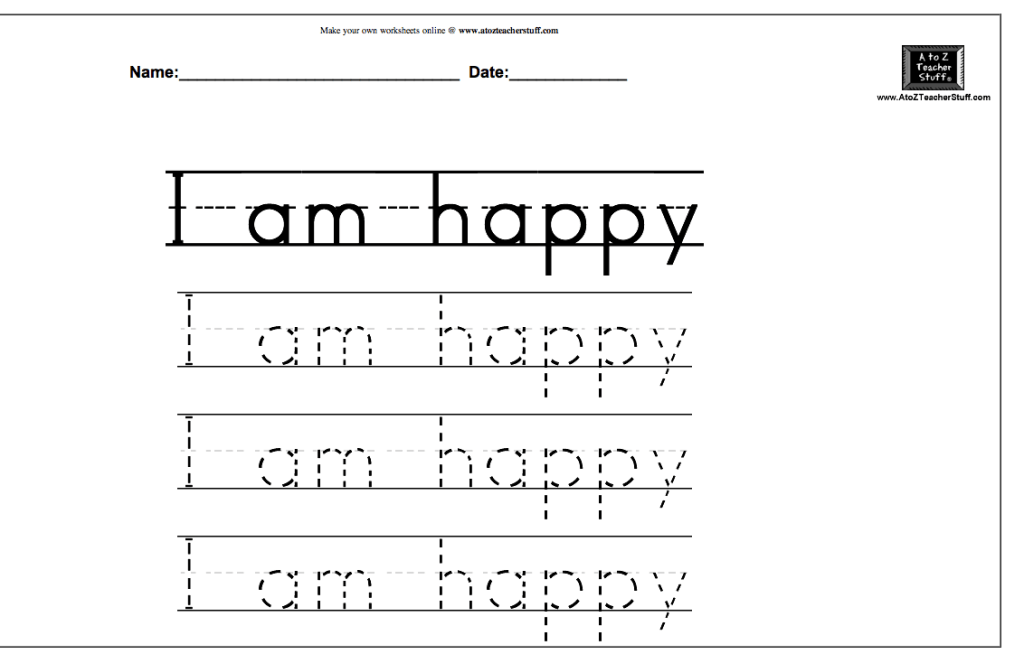
7. The child should be able to name a group of objects with a generalizing word (cow, horse, goat - domestic animals; winter, summer, spring - seasons). Find the extra item in each group. Find a match for each item.
8. The child should be able to answer questions such as: Is it possible to go sledding in summer? Why? Why wear warm jackets in winter? What are windows and doors for in a house? Etc.
9. The child should be able to choose opposite words: a full glass - an empty glass, a high tree - a low tree, go slowly - go quickly, a narrow belt - a wide belt, a hungry child - a child full, cold tea - hot tea, etc.
10. A child should be able to memorize pairs of words after being read by an adult: glass-water, girl-boy, dog-cat, etc.
11. The child should be able to see incorrectly depicted objects in the picture, explain what is wrong and why.
Study aids:
1. Find the extra object cards
2. Find the extra object cards.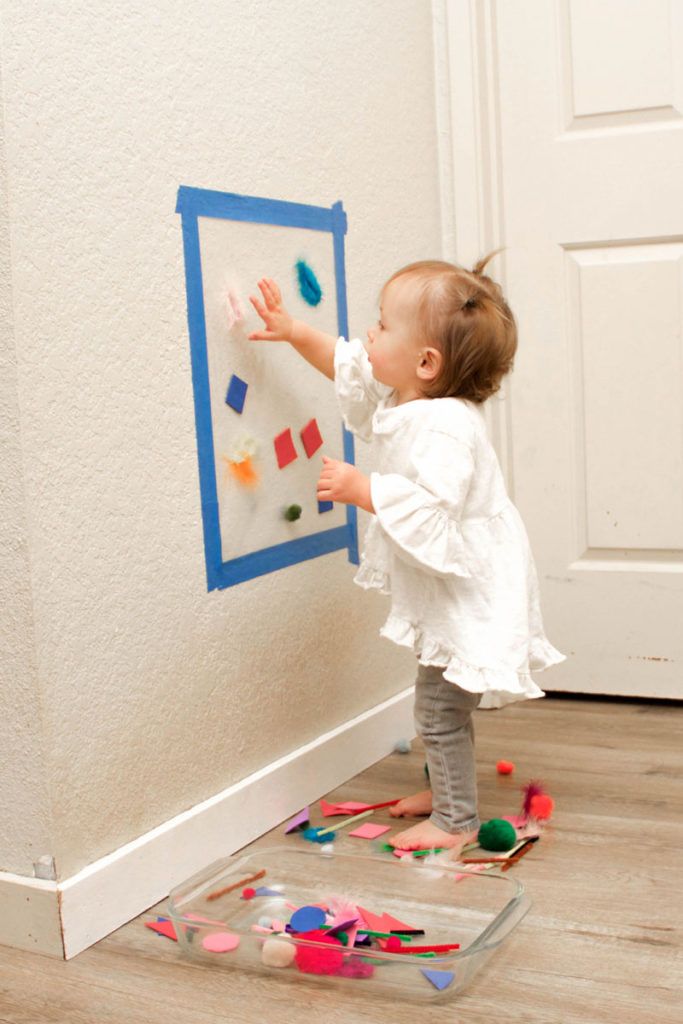 Part 2
Part 2
3. Cards from the series find a pair
4. Find a shadow in the picture
5. Develop logical thinking
6. Big-small cards
7. Puzzles
8. Krasnoukhov's puzzle
9. Logic coloring
10. Development of Attention
11. Development of Thinking
12. Development of Memory
13. Development of Memory. 15. Add the missing item
16. Game in opposites (Antonyms)
17. Entertaining activities with the child
18. Orientation in space. Right and Left
19. Game - "What is What?"
20. Game Catch a fish
21. Association Game: Find a Pair
22. Game for the Development of Memory and Attention
23. Coloring Book for Children about Horses
24. Guess Whose Shadow
Development of Speech
Child aged 4 to 5 years must be able to:
1. The child must use a thousand words, build phrases from 6-8 words. Even strangers, and not just parents, should understand the child.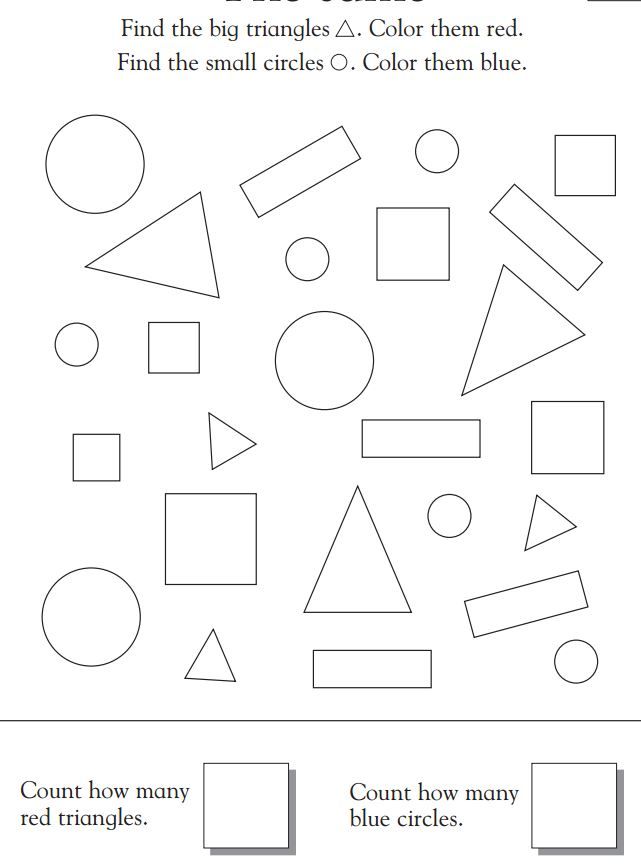
2. The child must understand how the structure of a person differs from the structure of animals, name their parts of the body (hands - paws, nails - claws, hair - wool).
3. The child must be able to correctly put nouns in the plural form (flower - flowers, girl - girls).
4. The child must be able to find an object according to the description (apple - round, sweet, yellow). Be able to independently write a description of the subject.
5. The child must understand the meaning of prepositions (in, on, under, behind, between, in front of, about, etc.).
6. The child must know what professions are, what people in these professions do.
7. The child must be able to maintain a conversation: be able to answer questions and ask them correctly.
8. The child should be able to retell the content of the heard fairy tale, story. Tell by heart a few poems, nursery rhymes.
9. The child must give his name, surname, how old he is, name the city in which he lives.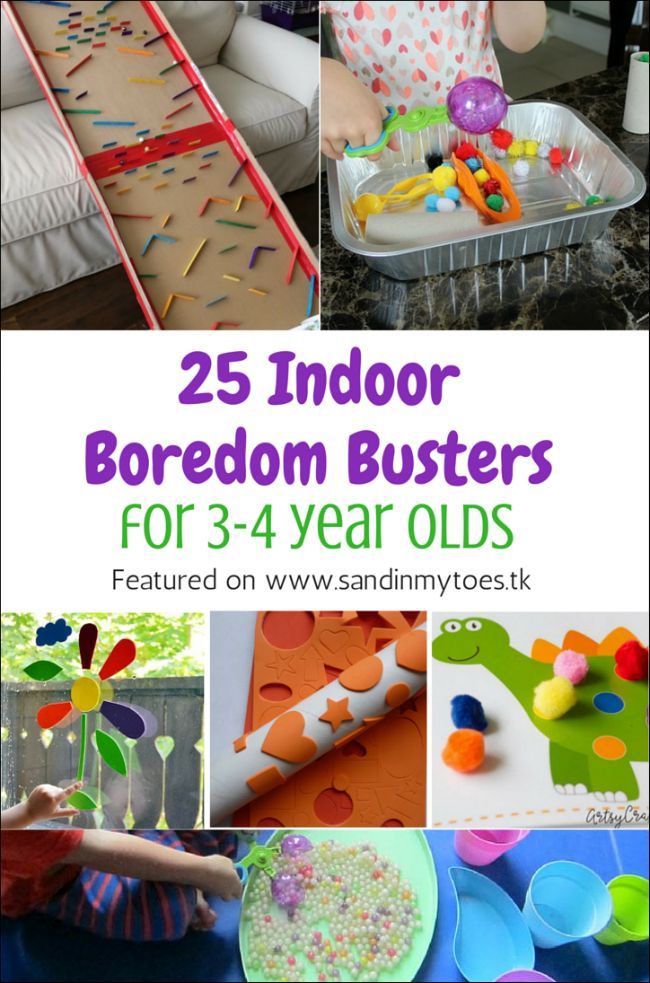
10. The child should be able to answer questions about recent events: Where were you today? Who did you meet along the way? What did mom buy at the store? What were you wearing?
Study aids:
1. Letters of the Alphabet-Puzzle
2. Studying the letter A. What the beech A looks like.
3. Learning vowels
4. Alphabet in the form of cards
5. How to teach a child to read by syllables
6. Learning to Read. Part 1
7. Learning to Read. Part 2
8. Learning to Read. Part 3
9. Colored Letters of the Alphabet
10. Unique Alphabet by Letters
11. Lotto learning Letters
12. Cards with Letters and a Picture
13. Pure words
14. Rhymes and Counts 1090 16. Reading 07 and 15. Playing Slogs Collect the Word from the Picture and Letters
17. Cards - What Letter does the Word Begin with
18. Collect the Word from the Picture and Letters. Didactic Game
World around
A child aged 4 to 5 should be able to:
1.The child should be able to distinguish between vegetables, fruits and berries, to know what they are when they ripen.
2. The child must know the names of insects, be able to talk about how they move (a butterfly flies, a snail crawls, a grasshopper jumps)
3. The child must know all domestic animals and their cubs.
4. The child should be able to guess the seasons from the pictures. Know the signs of each of them.
Study aids:
1. Body parts cards
2. Vehicle cards
3. Fruit cards
4. Vegetable cards
5. Color learning cards
6. Furniture cards 9007 animals and what they eat"
8. "Clothes and Shoes" cards
9. Animals and Birds cards
10. Profession cards
11. Tree and Leaves structure
12. Autumn season
13. Winter season
14. Spring season
15. Summer season
16. Cards learning Colors
17. Winter month - December
18. Winter month - January
19. Winter month - February
Winter month - February
20. Lessons on the theme of Winter
21. Fruits and berries. Learning and coloring
22. Vegetables. Learning and coloring
23. Fruits and Berries (coloring cards)
24. Vegetables (cards - coloring)
25. Spring month - March
26. Spring month - April
Household skills
A child aged 4 to 5 should be able to:
1. The child already perfectly fastens buttons, zippers and unties shoelaces, a spoon and a fork obey him well.
2. The child must be able to string large buttons or beads onto a thread.
3. The child must be able to accurately draw lines without lifting the pencil from the paper.
4. The child should be able to shade figures with even straight lines, without going beyond the contours of the picture.
5. The child should be able to trace and color pictures without leaving the edges.
6. The child must be able to draw lines in the middle of the track without going beyond its edges.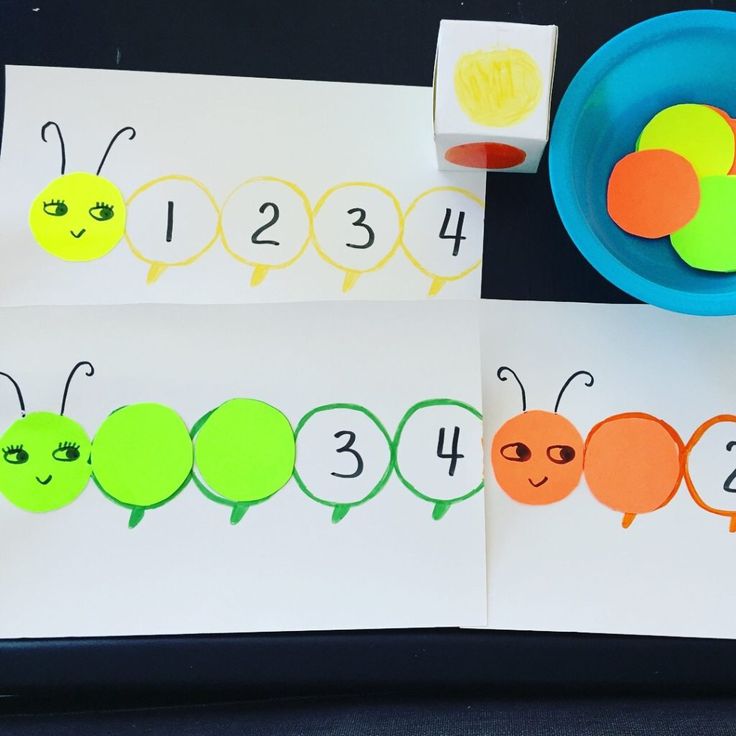
7. The child must distinguish between the right and left hand.
Practice aids:
1. Stencils for drawing
2. How to teach a child to tie shoelaces
3. Outline and color
4. Tic-tac-toe game in a new way
5. Signs and Properties of objects
6. Flowers
7. Getting to know the concepts: Right, left, top, bottom
8. Learning the Clock
9. Book My House
10. Parts of the Human Body
11. Recipe for Lefties
12. Game Catch a Fish
13. Bus for Little Ponies
14. Game - all Professions
15. My Home. Components of a house.
16. Plasticine and beads
17. Board game Tell me about your city
18. Children's Rhymes
19. Colored Cardboard Caterpillar
20. Learning Colors with Ice Cream
21. DIY Button Applications
22. Christmas Tree Cones0007 23. Cheerful Chupa-Chups
24. Learning the Days of the Week
25. How to teach a child to jump rope
26.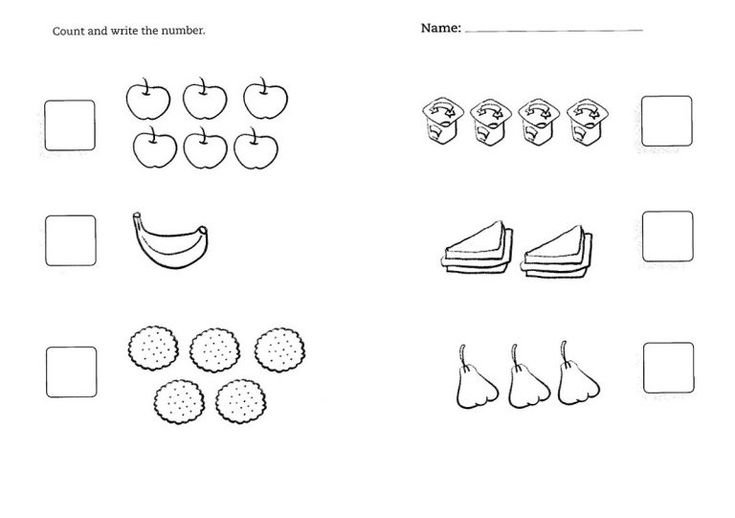 How to teach a child to clean his room
How to teach a child to clean his room
English
9002 A child aged 4 to 5 can be introduced to English.
Use parent and teacher guides designed to teach English to children aged 4 to 5 in class.
Study aids:
1. English Letter Puzzle
2. Cards with Letters of the English Alphabet
3. Card Numbers in English
4. Cards Fruits and Berries
5. Cards with English words. Part 1
6. Cards with English words. Part 2
7. Furniture cards in English
8. Household appliances cards
9. Clothing cards
10. Vegetable cards in English
11. Months cards in English
12. Transportation cards in English
13. Large puzzles and Small letters of the English alphabet
Read also the article for Parents What you need to know about Child Development.
Find out what a child should know and be able to do by age.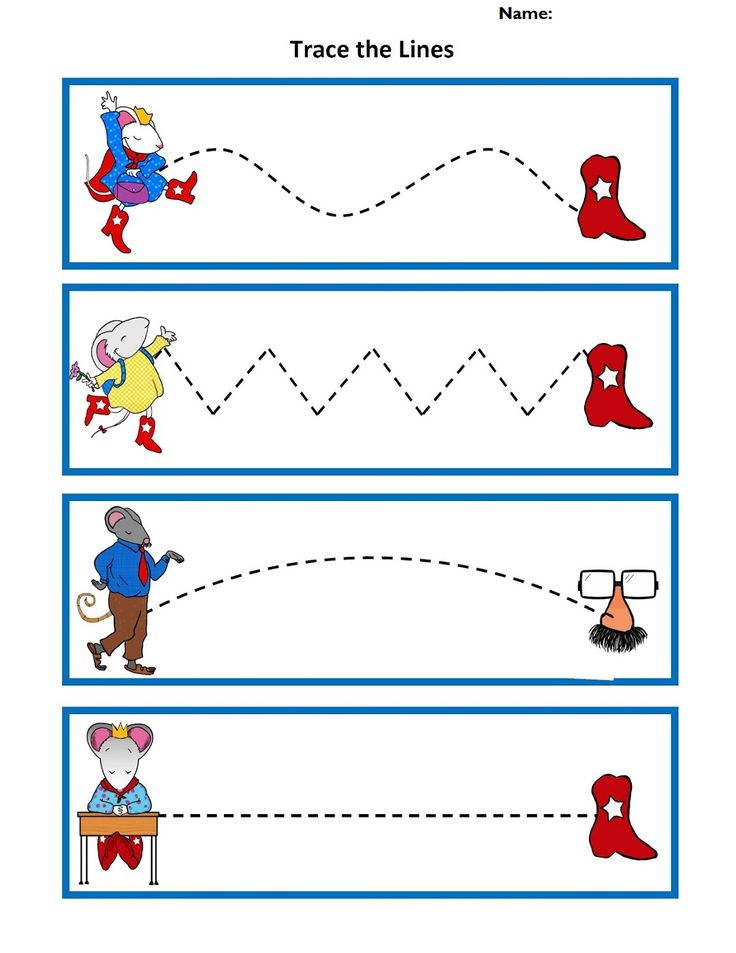 Take advantage of the training aids offered by our website.
Take advantage of the training aids offered by our website.
Child development calendar up to 1 year (by months)
Child from 1 to 2 years old
Child from 2 to 3 years old
Child from 3 to 4 years old
Child from 5 to 7 years old
Our Partners - DELIVERY AROUND THE WORLD!
Main page
Subscribe to: Messages (Atom)
-
Hard and soft consonants
Use flashcards to teach your child when consonants are soft and hard. Blue - solid Green -
-
Syllables. Making words from syllables
Syllables. Making words from syllables. Download free flashcards with letters and syllables. There are 20 cards in total. Letters and syllables for children. Cut...
-
Russian Alphabet Color Cards
Russian Alphabet Color Cards. Each card with a letter has a picture starting with that letter. With these cards you can ...
-
Cards Crockery and Cutlery
Downloading didactic cards, the theme "Cookware".
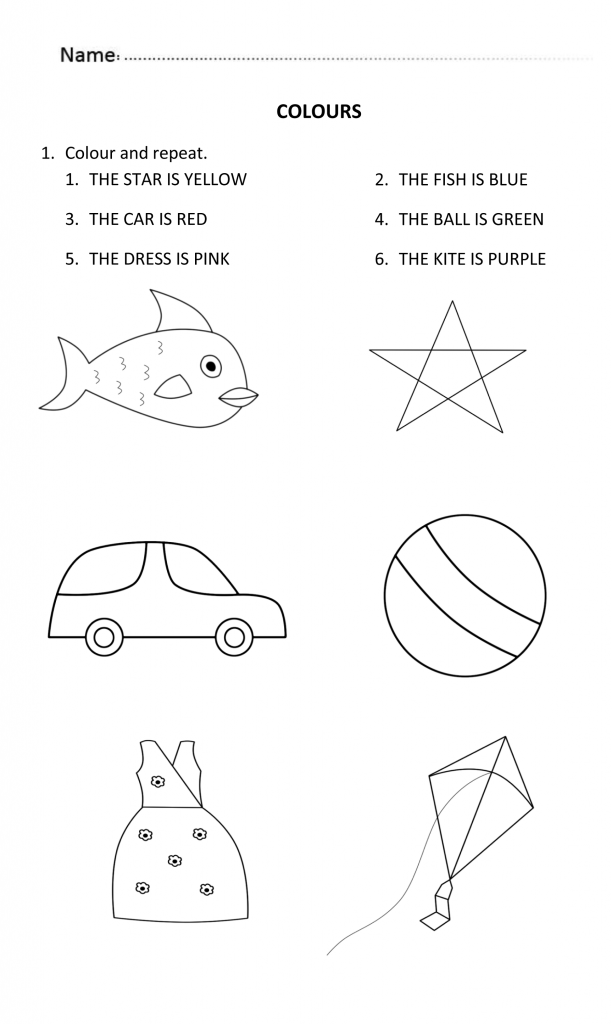 A wonderful book with large and bright pictures. Set of cards "...
A wonderful book with large and bright pictures. Set of cards "... -
Number cards
Number cards. Flashcards help your child learn numbers. Flashcards can be used for homework, kindergarten or elementary school...
-
Pictures with the image of Clothes and Shoes
Pictures with the image of everyday clothes and shoes, Clothes, Shoes, clothes cards, Shoes cards. Thematic cards "Clothes"
-
Developing Cards for Playing with Children
Today we will get acquainted with the original way of making educational cards for activities with children from 1 year old at no special cost. Interesting...
-
Connect the numbers and Color the picture
Learning numbers and counting with your child? How to fix the passed material? Consolidation of the material covered can be turned into an interesting and r...
-
Profession Cards
Unique Profession Cards. Download Free educational cards with professions for your children.
 Acquaintance of children with professions ....
Acquaintance of children with professions .... -
Cards - Teaching a Child to Count
Cards - how to teach a child to count. Simply print out the colored cards to help your child learn the numbers 1 to 10. Suggest...
Children 3 to 4 years old
Children from 3 to 4 years old
Child Development 3 to 4 years old. You are in the "Children from 3 to 4 years" section.
In this section, we will help you find out and determine the level of development of your child, namely, what your child should know and be able to do at the age of 3 to 4 years.
What a 3 year old should know and be able to do.
This article is for your reference and gives approximate norms for the degree of formation of your child's mental processes at this age. You can check his potential in different areas of knowledge, find out in which areas of knowledge your child succeeds, and in which additional attention and time are required.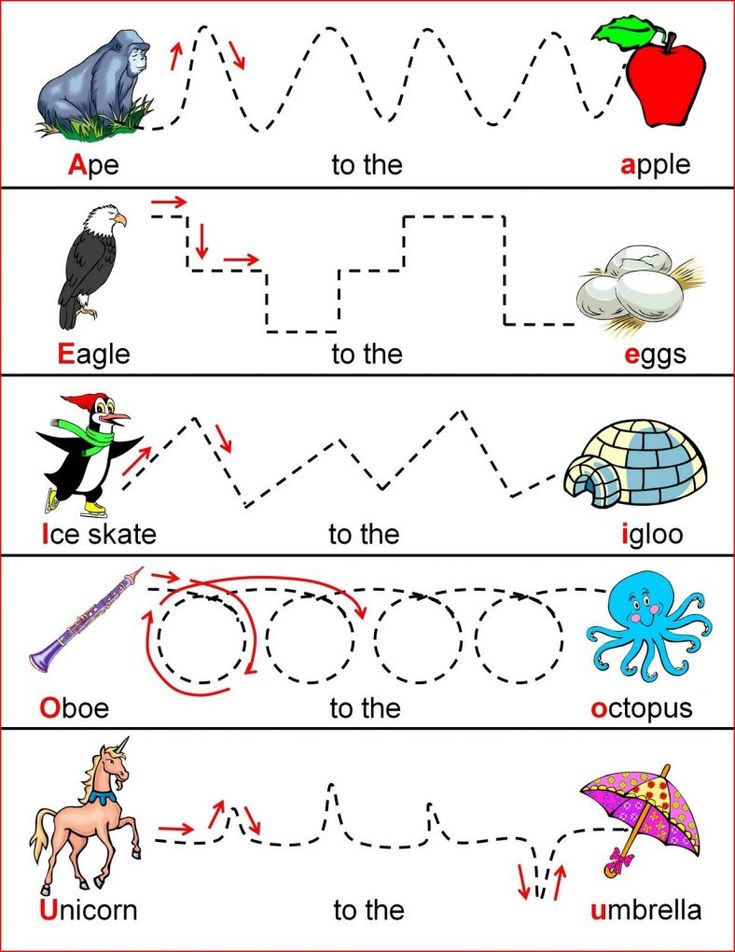
In this section "Children from 3 to 4 years old" we have collected all the material published on our website, which will help you and your child to study, prepare for the next, more in-depth stage of classes.
You can use materials for your studies at home, in kindergarten or in elementary grades.
Mathematics
A child aged 3 to 4 should be able to:
1. The child must be able to count to three and show the appropriate number of fingers on the hand.
2. The child must be able to master the concepts: one - many, large - small, high - low, etc.
3. The child must know the primary colors (red, yellow, green, blue, white, black).
4. The child must know the basic geometric shapes (circle, square, triangle).
5. The child must be able to compare objects by size, color, shape. Be able to compare the number of items.
6. The child must be able to match a pair to an object with a given attribute.
Study aids:
1.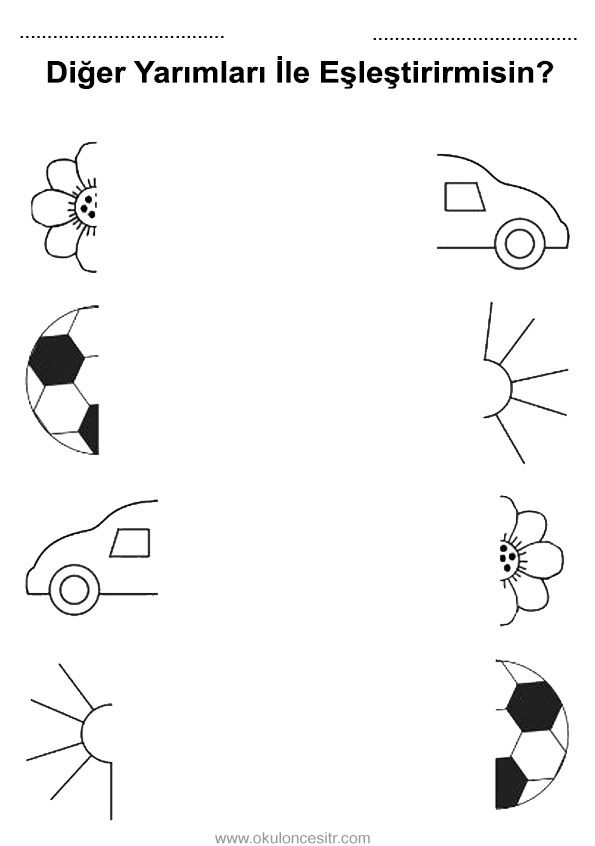 Educational cards for games with children
Educational cards for games with children
2. Multi-colored playhouses
3. Cards Teaching a child to count
4. Connect the numbers and color the picture
5. The game is learning geometric shapes
6. Video-Learning counting
7. Number cards for boys
8. Introducing the child to Geometric shapes
9. Cards with numbers from 0 to 10
10. How to teach a child to count in a playful way
11. A game for learning Geometric shapes
12. Number cards for girls
13. Puzzles-double geometric shapes
14. Puzzles-double Numbers and Counting
15. Geometric shapes. We develop fine motor skills
16. We study Geometric shapes
17. I learn to count. up to 10
22. Mathematics with Dice for Children
Logical thinking
- Development of Thinking, Memory, Attention
A child aged 3 to 4 must be able to:
1. The child should be able to put together a cut picture from 2-4 parts.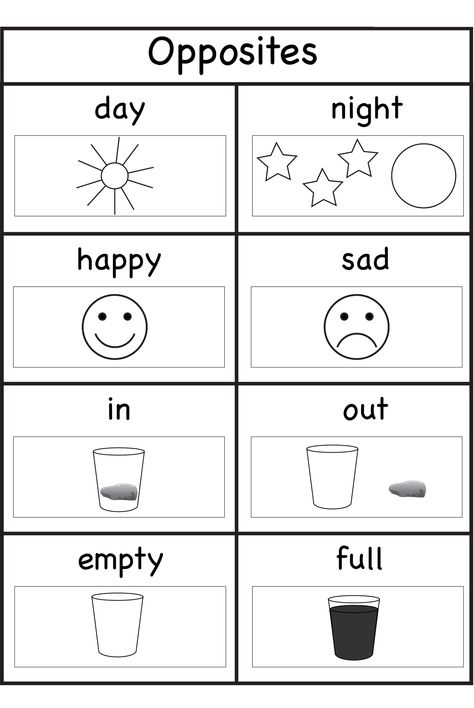
2. The child should be able to find and explain inconsistencies in the drawings.
3. The child must be able to find an extra object and explain why he made such a choice.
4. The child should be able to find similarities and differences between objects.
5. The child should be able to memorize 2-3 pictures.
6. A child should be able to memorize 3-4 words that an adult has repeated several times.
7. The child must be able to memorize and repeat the movements shown by an adult 1-2 times,
8. The child must be able to remember any detail or attribute of an object.
9. The child must be able to complete the task within 5 minutes without being distracted.
10. The child must find paired objects. Be able to choose the right one from a group of objects.
11. The child must be able to pay attention to the properties and characteristics of objects, to find similarities and differences between objects.
Practice aids:
1. Find a pair cards
Find a pair cards
2. Find the shadow of the picture
3. Develop logical thinking
4. Cards for activities
5. Puzzles
6. Pick up a patch
7. Add the missing object
8. Entertaining activities with the child
9. Playing in opposites
10. Orienting in space. Right and Left
11. Game - "What is What?"
12. Game Catch a fish
13. Association game: Find a pair
14. Game for the Development of Memory and Attention
15. Guess Whose Shadow
Speech development
A child aged 3 to 4 should be able to:
1. The child should be able not only to visually perceive images, but also to describe what he saw.
2. The child easily forms simple sentences, gradually moves to complex ones (from 5-6 words).
3. The child must be able to separate objects into groups: furniture, dishes, clothes, etc.
4. The child must be able to name one attribute of each object.
5. The child must know the names of the basic actions of people and animals (lie down, sit, run, etc.)
6. A child should be able to repeat rhymes and songs after an adult.
7. The child must know his first and last name.
8. The child must be able to control the power of the voice, speak loudly - quietly.
Study aids:
1. Letters of the Alphabet-Puzzles
2. Learning the letter A. What the beech A looks like. . Color Letters of the Alphabet
7. Lotto learning Letters
8. Cards with Letters and a Picture
9. Talking tongues
10. Musical game for the development of speech
11. Cards - What letter does the word begin with
The world around us
A child aged 3 to 4 years should be able to:
1. The child must know the names and be able to show domestic (cow, goat, horse, cat, dog, etc.) and wild (wolf, hare, fox, etc.) animals.
2. The child must know the names of 3-4 birds (sparrow, swallow, crow), 3-4 fish (whale, catfish, shark) and 3-4 insects (grasshopper, butterfly, bee).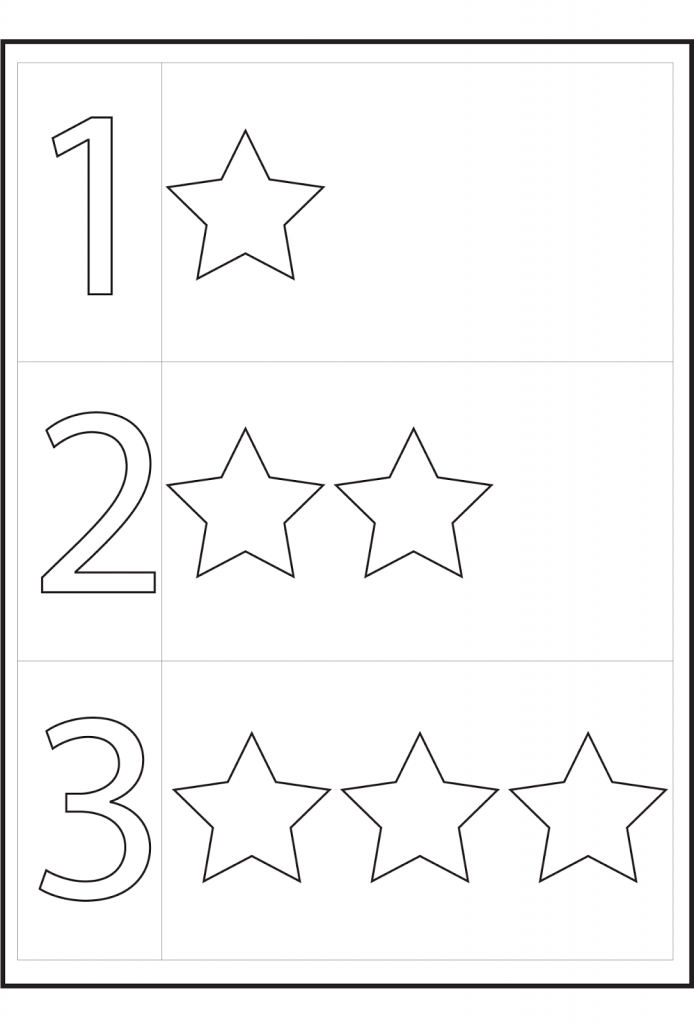
3. The child should know the names of the main plants: 3-4 trees (birch, oak, apple) and 3-4 flowers (chamomile, tulip, rose).
4. The child should know what vegetables, fruits, berries, mushrooms are.
5. The child must have an idea about the materials from which the surrounding objects are made.
6. The child must know the parts of the day - morning, afternoon, evening, night.
7. The child should be able to name natural phenomena - rain, snow, wind.
Practice aids:
1. Flashcards Parts of the human body
2. Transport cards
3. Fruit cards
4. Vegetable cards
5. Learn Color cards
6. Furniture cards
7. Animals and what they eat cards
8. Clothes and Shoes cards
9. Cards Animals and Birds
10. Fruits and berries. Learning and coloring
11. Vegetables. Learning and coloring
12. Fruits and Berries (coloring cards)
13. Vegetables (coloring cards)
14.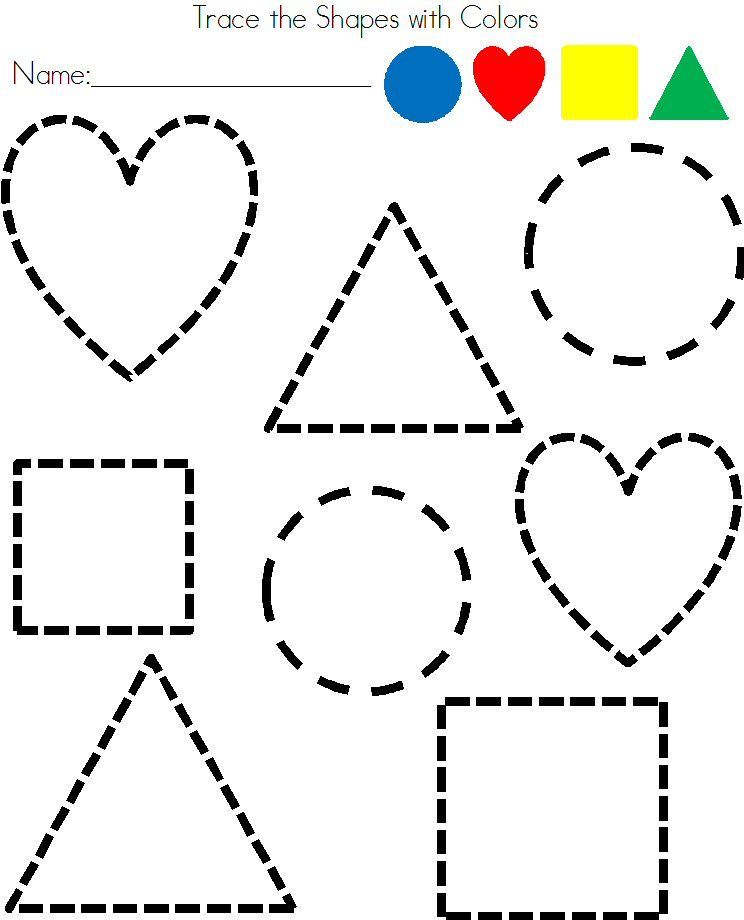 Unique books - Seasons
Unique books - Seasons
15. Insects cards
16. Dishes and Cutlery
17. Cards Game "What for What"
18. Cards Insects 2.
19. Educational Games with Clothespins
Household Skills
:
1. The child must be able to put on things independently (without fasteners).
2. The child must be able to cut paper with scissors.
3. The child must be able to use pencils, markers, pens, etc. Be able to draw circles, dots, lines.
4. The child should be able to trace and color pictures.
5. The child must know the basic rules of hygiene.
Practice aids:
1. Stencils for drawing
2. Paper fruits
3. Paper toys
4. Christmas tree applique
5. Juice box crafts
6. Hand flowers applique
making applications
8. DIY space machine
9. Cars with eyes
10. Book My House
11. Bus for little ponies
12.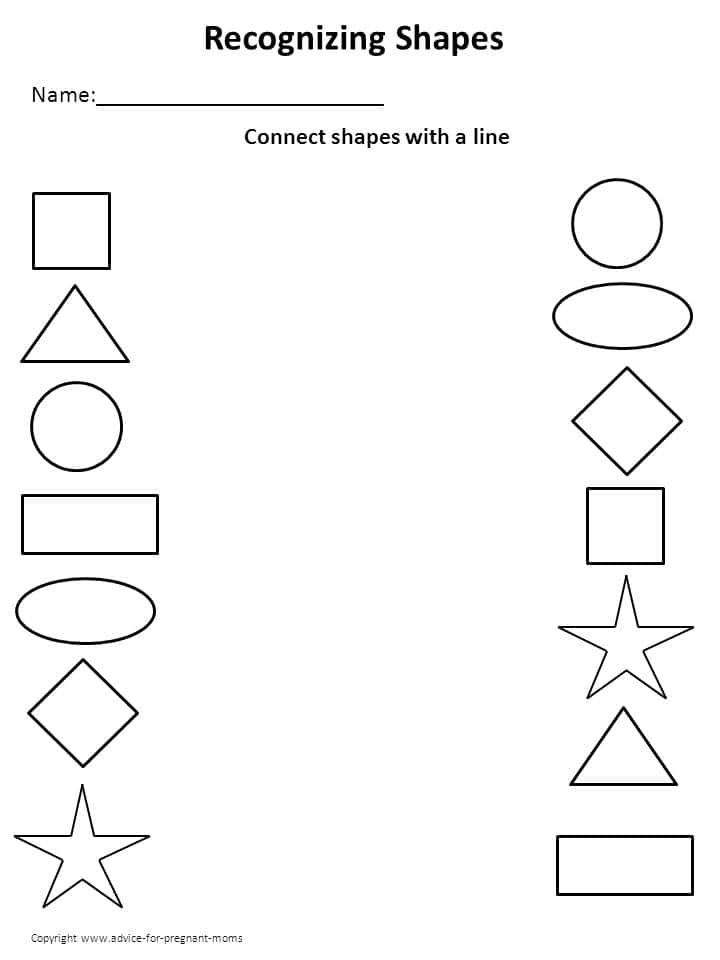 Palm Frame - for babies
Palm Frame - for babies
13. Plasticine and beads
14. Applications from Buttons
15. Christmas tree from Cones with your own hands
16. Cheerful Chupa-Chups
Read also the article for Development of the Child.
Find out what a child should know and be able to do by age. Take advantage of the training aids offered by our website.
Child development calendar up to 1 year (by months)
Child from 1 to 2 years old
Child 2 to 3 years old
Child 4 to 5 years old
Child 5 to 7 years old
Our Partners - WORLDWIDE SHIPPING!
Main page
Subscribe to: Messages (Atom)
-
Hard and soft consonants
Use flashcards to teach your child when consonants are soft and hard. Blue - solid Green -
-
Syllables. Making words from syllables
Syllables. Making words from syllables. Download free flashcards with letters and syllables.
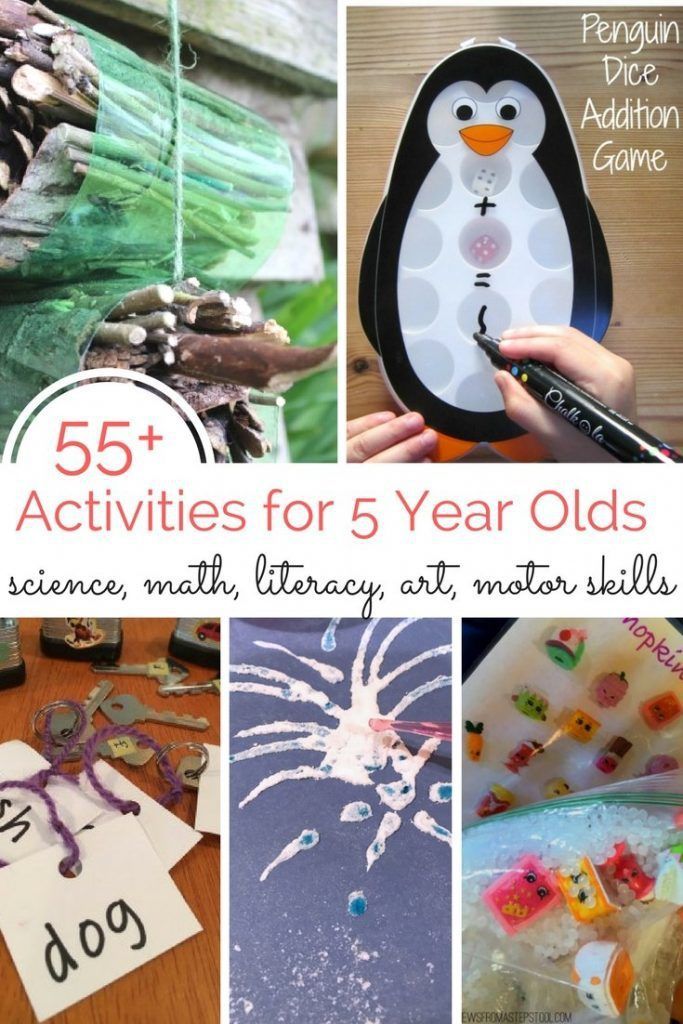 There are 20 cards in total. Letters and syllables for children. Cut...
There are 20 cards in total. Letters and syllables for children. Cut... -
Russian Alphabet Color Cards
Russian Alphabet Color Cards. Each card with a letter has a picture starting with that letter. With these cards you can ...
-
Cards Crockery and Cutlery
Downloading didactic cards, the theme "Dishes". A wonderful book with large and bright pictures. Set of cards "...
-
Number cards
Number cards. Flashcards help your child learn numbers. The cards can be used for homework, kindergarten or elementary school...
-
Pictures with the image of Clothes and Shoes
Pictures with the image of everyday clothes and shoes, Clothes, Shoes, clothes cards, Shoes cards. Thematic cards "Clothes"
-
Developing Cards for Playing with Children
Today we will get acquainted with the original way of making educational cards for activities with children from 1 year old at no special cost.
